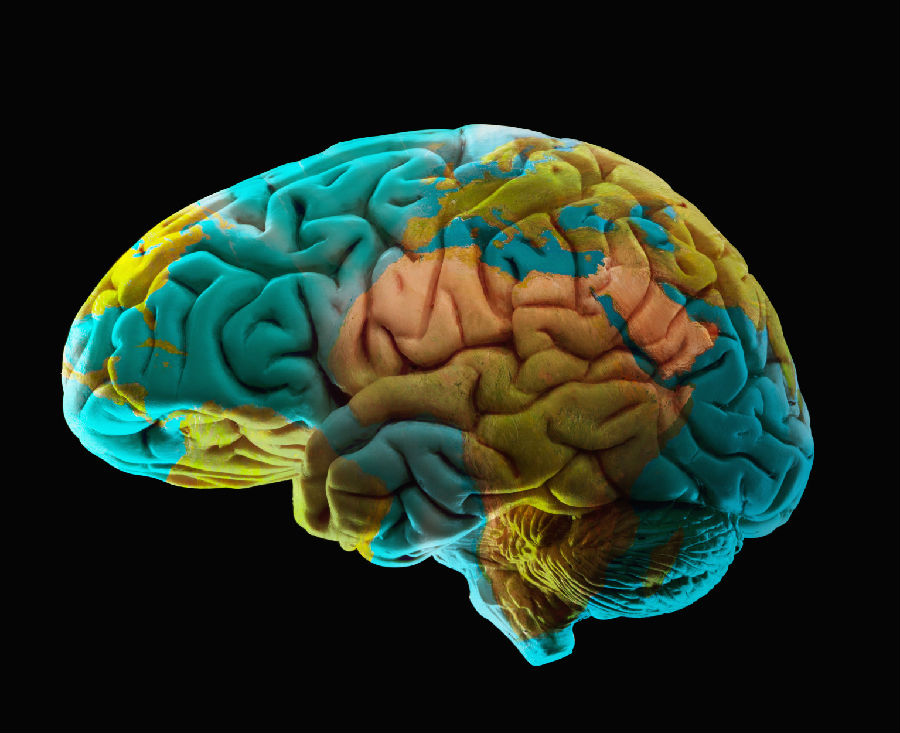From these facts, John Mann, an Australian-born psychiatrist with a doctorate in neurochemistry, made a leap.
依据这些事实,拥有神经生化学博士学位的澳大利亚精神病学家约翰·曼恩实现了一个飞跃。
If suicide has many causes, he hypothesized, then all suicidal brains might have certain characteristics in common.
他假设,如果自杀由很多原因引起,那么所有出现自杀倾向者的大脑都可能具有某些共同特征。
He's since done some of the most high-profile work to illuminate what researchers call the biology of suicide.
此后,他做了一些最引人注目的研究,用以阐明研究人员所谓的自杀生物学。
The phrase itself represents a bold idea—that there's an underlying physiological susceptibility to suicide, apart from depression or another psychiatric disorder.
这种叫法本身代表了一种大胆的想法,即除了抑郁症或其他精神疾病外,还有潜在的自杀生理易感性。
Mann moved to New York in 1978, and in 1982, at Cornell University, he started collecting the brains of people who'd killed themselves.
曼恩于1978年搬到纽约,1982年在康奈尔大学期间,他开始收集那些自杀者的大脑。
He recruited Victoria Arango, now a leading expert in the field of suicide biology. The practice of studying postmortem brain tissue had largely fallen out of favor, and Mann wanted to reboot it.
他招募了维多利亚·阿兰戈,她现在是自杀生物学领域的权威专家。用死后的大脑组织进行研究的做法已经逐渐淡出人们的视线,而曼恩想重新采用这种方法。
"He was very proud to take me to the freezer," Arango says of the day Mann introduced her to the brain collection, which then numbered about 15.
阿兰戈在谈到曼恩向她介绍收集大脑的那一天时说:“他很自豪地带我去冷冻室。”当时收藏的大脑大约有15个。
"I said, 'What am I supposed to do with this?'" They took the work, and the brains, first to the University of Pittsburgh, and then, in 1994, to Columbia.
“我说,‘我该怎么处理呢?’”他们先是把这些大脑带到匹兹堡大学,让那里的研究人员开展研究工作。后来在1994年,又把它们带到哥伦比亚大学。

They've now amassed a collection of some 1,000 human brains—some from suicide victims, the others, control brains—filed neatly in freezers kept at –112F.
现在,他们已经收集了大约1000个人脑,其中一些来自自杀受害者,另一些是控制组的大脑,它们都整齐地排列在-112华氏度的冰柜里。
The small Balkan country of Macedonia contributes the newest brains, thanks to a Columbia faculty member from there who helped arrange it.
位于巴尔干半岛的小国马其顿提供了最新的大脑,这要归功于哥伦比亚大学的一位教员,他帮助安排了这项工作。
The Macedonian brains are frozen immediately after being removed and flown in trunks, chaperoned, some 4,700 miles to end up in shoebox-size, QR-coded black boxes.
这些马其顿人的大脑从身体中取出后,立即进行冷冻,随后放入行李箱中,由专人乘飞机运送约4700英里,最终放入鞋盒大小、带有二维码的黑匣子中。
Inside are dissected sections of pink tissue in plastic bags notated with markers: right side, left side, date of collection.
里面是用塑料袋装好的剖开的粉红色组织切片,标记有:右侧、左侧、收集日期。
In the early 1990s, Mann and Arango discovered that depressed patients who killed themselves have subtle alterations in serotonin in certain regions of the brain.
20世纪90年代初,曼恩和阿兰戈发现在自杀的抑郁症患者中,其大脑某些区域的血清素存在细微变化。
Mann remembers sitting with Arango and neurophysiologist Mark Underwood, her husband and longtime research partner, and analyzing the parts of the brain affected by the deficit.
曼恩记得和阿兰戈以及她的丈夫,也是他的长期研究伙伴,神经生理学家马克·安德伍德坐在一起,分析大脑中受缺损影响的部分。
They struggled to make sense of it, until it dawned on them that these were the same brain regions described in a famous psychiatric case study.
他们绞尽脑汁想弄明白这一点,后来他们意识到这个脑区曾在一个著名的精神病个案研究中描述过。













